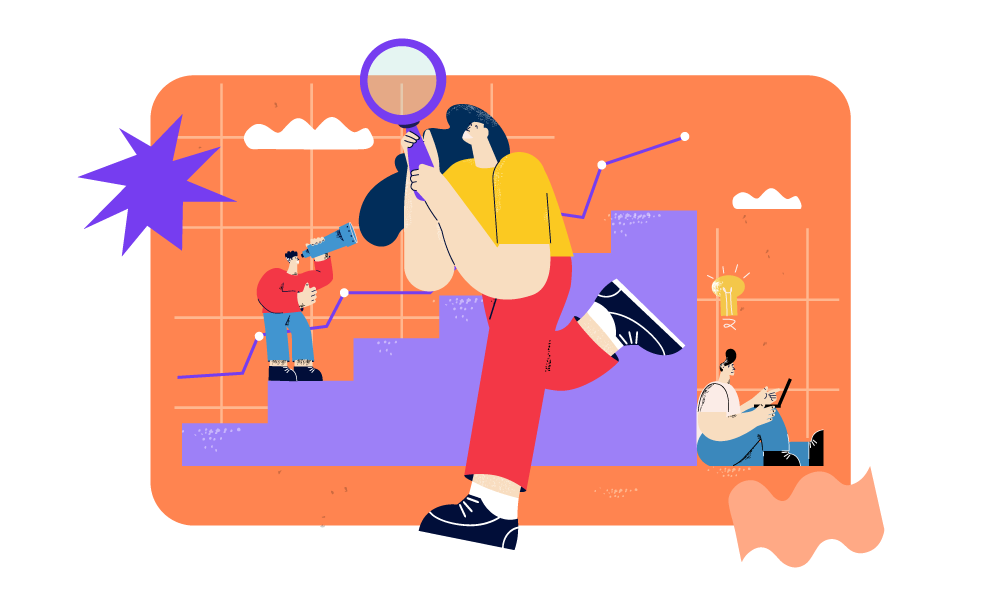An API, or Application Programming Interface, acts as a middleman between different software programs. It’s a set of rules that allows applications to talk to each other and exchange data or functionality.
Imagine you have two programs: a recipe app and a grocery delivery service. The recipe app doesn’t have the ability to order ingredients directly, and the grocery delivery service doesn’t know what ingredients you need based on a recipe. An API can bridge this gap. The recipe app could use the grocery delivery service’s API to find the ingredients you need and send an order, while the grocery delivery service would understand what information it needs from the recipe app.
Here are some key points about APIs:
- Standardized Communication: APIs provide a structured way for programs to communicate, ensuring they understand each other’s requests and responses.
- Data Exchange: APIs allow programs to exchange data in a secure and efficient manner.
- Modular Functionality: APIs can expose specific functionalities of a program, allowing other programs to integrate them without needing to build everything from scratch.
- Simplified Development: APIs can save developers time and effort by providing pre-built functionalities they can leverage in their programs.
APIs are all around us! Here are some everyday examples:
- Weather Apps: A weather app might use a weather service’s API to retrieve real-time weather data for your location.
- Social Media Logins: When you log in to a website using your social media account, the website is likely using the social media platform’s API to verify your identity.
- Mobile Payments: Mobile payment apps use APIs to connect to bank accounts or credit card providers to process payments securely.
In essence, APIs are the invisible messengers that power many of the digital interactions we take for granted. They keep the software world connected and allow programs to work together seamlessly.

